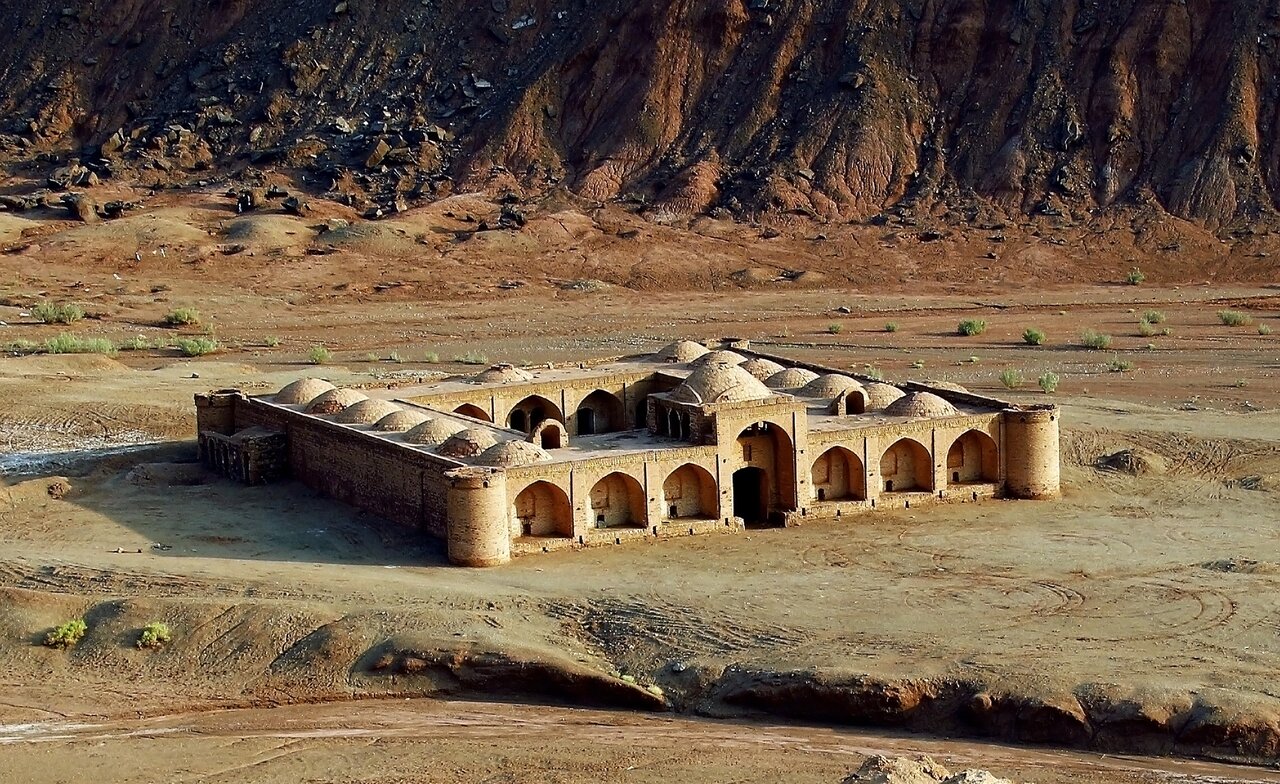UNESCO-listed Chah-Kouran caravanserai undergoes restoration

TEHRAN - Restoration work has begun on the Chah-Kouran caravanserai, a UNESCO-listed heritage site located in Ravar county of Kerman province, provincial cultural officials said on Sunday.
Morteza Nikrou, head of the Kerman Department of Cultural Heritage, Tourism and Handicrafts, told reporters that funding had been allocated to start the project, which he said aims to preserve one of northern Kerman’s key historic structures.
Nikrou said the current phase includes traditional waterproofing, plasterwork, grouting and structural reinforcement. He added that Ravar is one of Kerman’s main cultural heritage centers and that protecting its historic buildings is essential for safeguarding the county’s identity.
He said continuous and principled restoration could strengthen Ravar’s cultural profile at the national and international levels. According to Nikrou, using historic sites is part of Kerman’s strategy for sustainable tourism development and aligns with the province’s “Smile to the World 1405” tourism program.
He said the Chah-Kouran caravanserai has the potential to support Ravar’s tourism economy, adding that standard restoration could increase visitor numbers and improve Kerman’s global visibility.
Chah-Kouran was among 54 Iranian caravanserais collectively inscribed on UNESCO’s World Heritage list in 2023. The centuries-old structure once stood along an old road leading to Mashhad, home to the Shrine of Imam Reza (A.S.), the eighth Shia Imam.
Caravanserais were roadside inns built along ancient trade and pilgrimage routes, providing shelter, food and water for caravans, pilgrims and other travelers. The serial property includes fifty-four caravanserais regarded as some of the most significant and representative examples of this architectural type in Iran. Together, they illustrate the evolution and diversity of caravanserais across different historical periods, reflecting a wide range of architectural styles, adaptation to climatic conditions—particularly in desert regions—and the use of various construction materials.
The development of the property from the Achaemenid period (559–330 BC) through the Qajar period (1794–1925) demonstrates the enduring role and importance of caravanserais in Iranian history. The Persian caravanserai reflects travel traditions prior to the industrial era and before the emergence of modern roads and railways. In addition to providing essential services to travelers, caravanserais also served as social spaces where people of different ethnicities, languages and religions interacted, even if briefly. For centuries, they contributed to the exchange of ideas, knowledge and cultural values.
Caravanserai or caravansary is a compound word combining “caravan” with “sara”; the former stands for a group of travelers and the latter means the building. They often had massive portals supported by elevated load-bearing walls. Guest rooms were constructed around the courtyard and stables behind them, with doors in the corners of the yard.
For many travelers, staying in or even visiting a centuries-old caravanserai can be a wide experience; they have an opportunity to feel the past, a time travel back to a forgotten age. Cozy chambers that are meticulously laid out around a vast courtyard may easily evoke spirits of the past. It’s not hard to fancy the hustle and bustle of merchants bargaining on prices, recounting their arduous journeys to one another while their camels chewing hay! You can also conceive the idea of local architectural style and material in its heyday.
AM
Leave a Comment